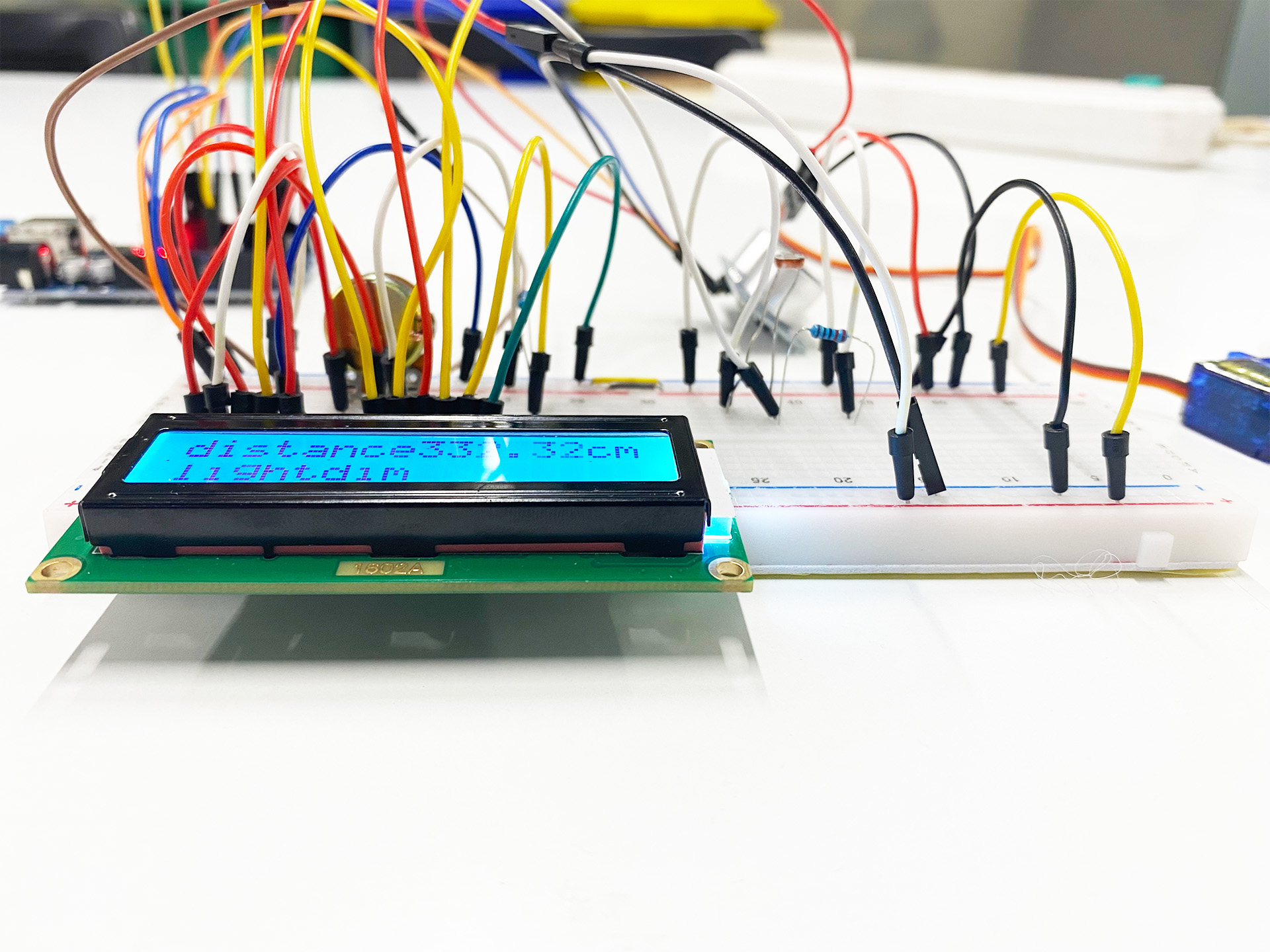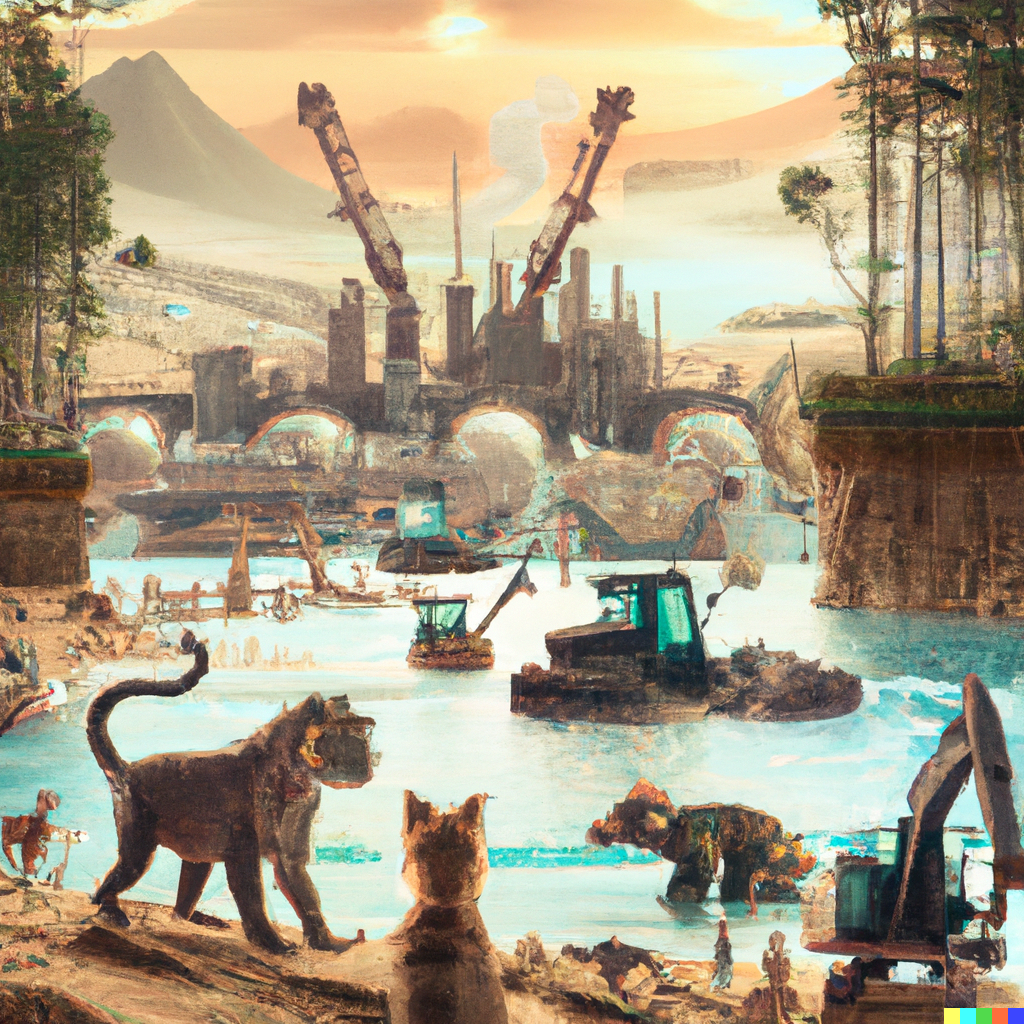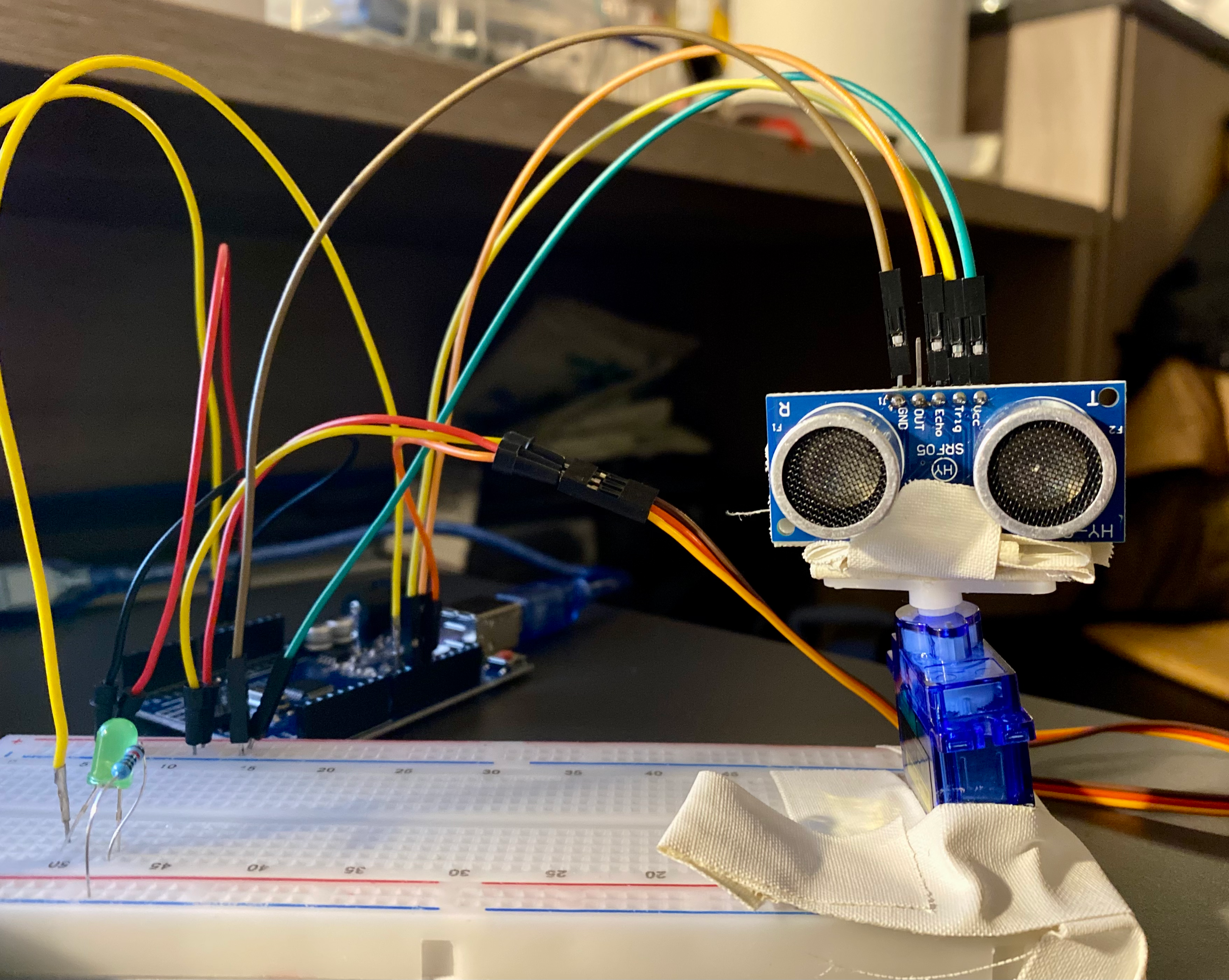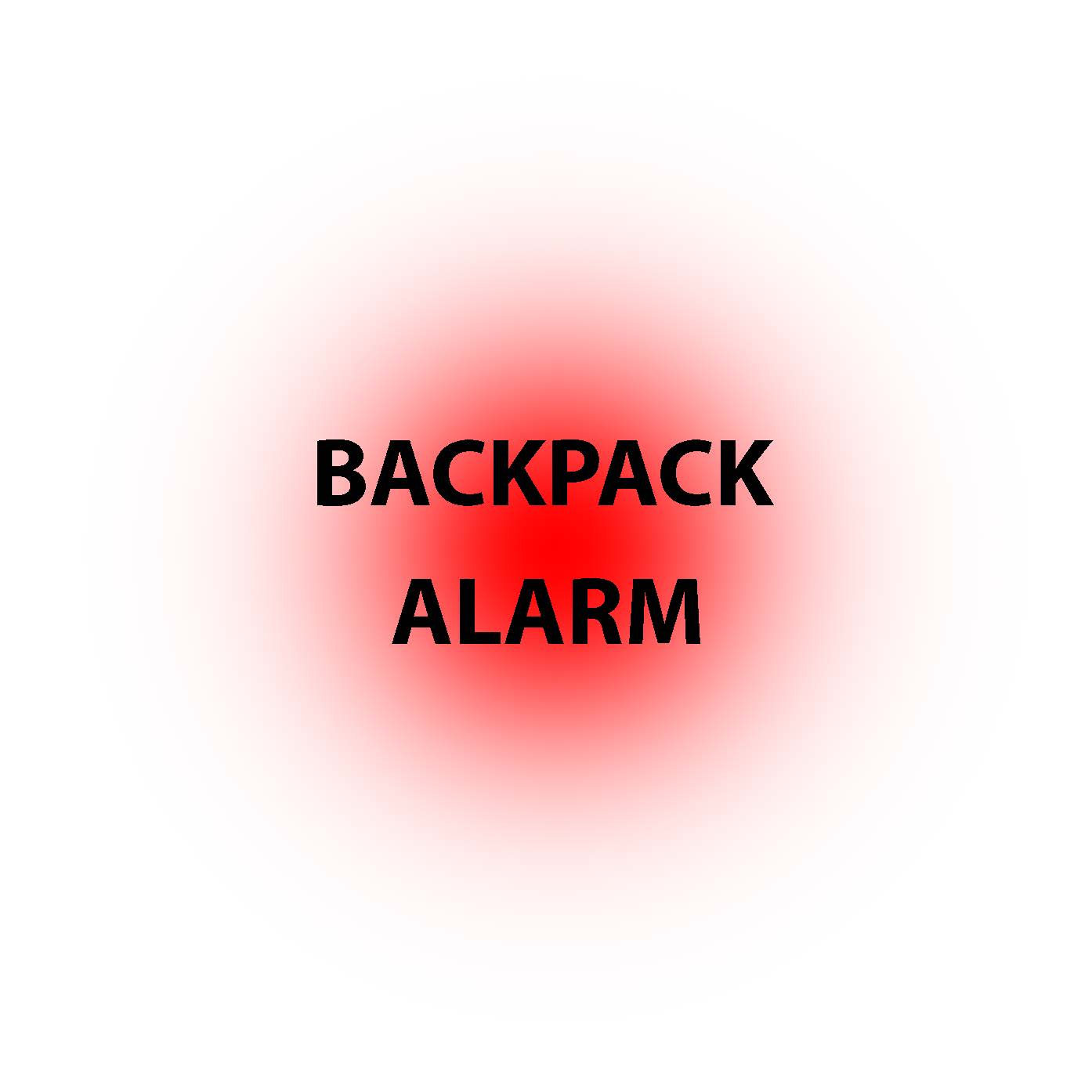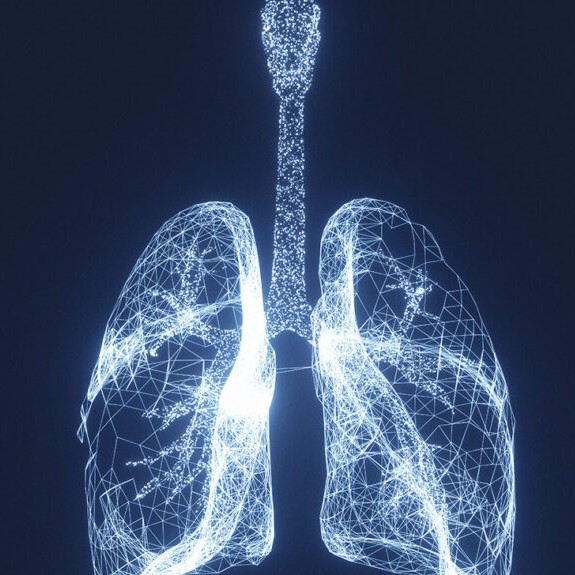Distance & Light Detecting System
Abstract Using Ultrasonic sensor for detecting the distance and display the value at the LCD screen, while under certain value the Microservomotor rotates 90 degrees. Also, detecting the light by using a Light sensor, which values is being displaying to the LCD screen throw the message ‘dim’ or ‘bright’ light. BoM (Bill of materials) Code … Read more

